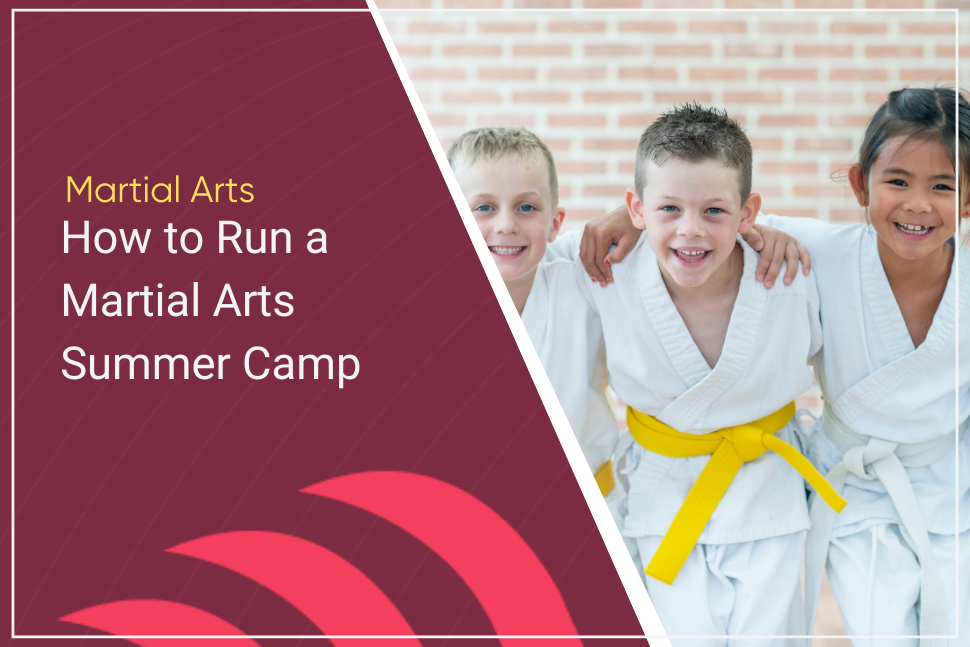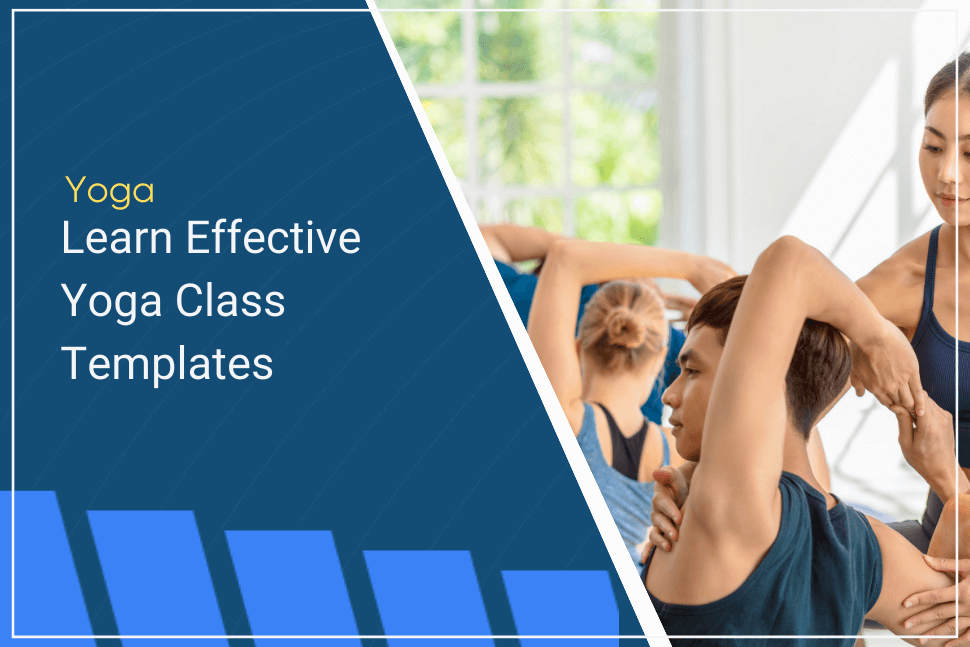For coaches stepping into the world of gymnastics or seasoned mentors seeking to diversify their training routines, one fundamental truth remains constant: flexibility is key.
Without the necessary flexibility, certain exercises will always feel impossible to achieve. Or worse, they could cause you significant harm.
But how do you improve your gymnastic flexibility?
In this article, we will explore the nuances of when to employ static versus dynamic stretching, unveil specific gymnastics stretching routines, and equip you with the knowledge and tools to maximize your athletes’ flexibility, unlocking their full potential.
Why is Flexibility Important in Gymnastics?
First and foremost, let’s look at why flexibility is essential in gymnastics. After all, improving your flexibility takes plenty of hours of dedication, so it’s important to remember why it is worth putting in the extra effort.
Enhanced performance
The main benefit of improving your flexibility as a gymnast is that it will greatly improve your performance.
Flexibility allows gymnasts to achieve a wider range of motion in their movements, enabling them to perform various skills with greater ease and efficiency.
It contributes to better execution of jumps, leaps, twists, turns, and acrobatic maneuvers, all crucial for many different gymnastic movements.
Whether you are springing across the mat, executing a series of tumbles and rolls, or working your way across the pommel horse, undertaking a complex routine, better flexibility will help you get into the correct position much easier, making each routine move easier to complete.
Injury prevention
Aside from greatly improving performance, improved flexibility is also fantastic for preventing injuries from occurring.
Gymnastics involves demanding and dynamic movements that put significant strain on the body.
High-level flexibility helps to reduce the risk of muscle strains, tears, and other common injuries by allowing the body to move freely and absorb impact well.
As any high-level athlete attests, there is nothing more frustrating than spending time on the sidelines with an annoying muscle injury, watching your competitors continue to improve.
Improved technique
Another benefit to improving your flexibility is that it will greatly help you improve your technique.
Many gymnastics skills require excellent body control and positioning. With better flexibility, you will find getting into the correct position and staying there much easier.
Artistic expression
Finally, one aspect that many people overlook when considering their improved flexibility is artistic expression.
Artistic expression is crucial to any gymnastics routine, especially for rhythmic gymnastics and artistic floor exercises.
Better flexibility allows gymnasts to showcase graceful lines, fluid movements, and intricate poses, enhancing the overall artistic expression of their performance.
Static stretching vs. Dynamic stretching, What’s the Difference?
Now that we’ve established exactly why we should be stretching to improve our flexibility, it’s time to dive into the topic in a little more detail.
Generally speaking, stretches fall into two different categories, static and dynamic.
Let’s look at those categories in more detail.
What is dynamic stretching?
The term dynamic stretching can be a little confusing. Instead, think of dynamic stretching as active stretching, where you actively move to start increasing your flexibility and getting your body ready for a workout.
Whereas static stretching focuses on stretching in a single spot, dynamic stretching involves getting up and moving around, warming your muscles up and making them more susceptible to the impact of static stretching.
When would you do dynamic stretches?
The best time to execute dynamic stretching should be right before any training session or competition. Dynamic stretching gets your body ready and raring to go and lets your muscles know that it’s go time.
As your body temperature rises, your muscles will begin to loosen, and this will greatly reduce the chances of getting injured during your routine.
Many gymnastics forget to do this or go through the motions in training, only to quickly pull up with a muscle tear.
Don’t let that be you. Always stretch properly before any session to ensure you remain injury-free.
Specific dynamic stretching routines to try
Leg Swings (Front and Side)
- Stand next to a sturdy support, such as a wall or bar.
- Swing one leg forward and backwards, aiming for a full range of motion.
- Perform 10 swings on each leg.
- Repeat the same motion, but swing the leg from side to side across the body.
- Perform 10 swings on each leg.
Arm Circles
- Stand with feet shoulder-width apart.
- Extend your arms out to the sides parallel to the floor.
- Make small circles with your arms, gradually increasing the circle size.
- After 10 seconds, reverse the direction of the circles.
- Repeat for 20 seconds in each direction.
Dynamic Hamstring Stretch
- Stand with your feet hip-width apart.
- Step forward with your right foot, keeping your leg straight.
- Bend forward from the hips and reach towards your right foot.
- Return to the starting position and repeat on the left side.
- Perform 10 repetitions on each leg, alternating sides.
Lunge with Twist
- Start in a lunge position with your right foot forward and left foot back.
- Place your hands behind your head, elbows out to the sides.
- Twist your torso to the right, bringing your right elbow towards your right knee.
- Return to the starting position and repeat on the left side.
- Perform 10 repetitions on each side.
Dynamic Shoulder Stretch
- Stand tall and extend your right arm straight in front of you.
- Cross your right arm over your body towards the left side.
- Use your left arm to pull your right arm closer to your body, feeling a stretch in the shoulder.
- Hold for a few seconds, then release and repeat on the left side.
- Perform 10 repetitions on each side.
Dynamic Bridge Stretch
- Start by lying on your back with your knees bent and feet flat on the ground.
- Place your hands next to your ears, fingers pointing towards your shoulders.
- Press through your hands and feet to lift your hips, coming into a bridge position.
- Lower your hips back down and repeat the movement in a fluid, controlled manner.
- Perform 10 repetitions.
Dynamic Spine Twist
- Sit on the floor with your legs extended in front of you.
- Bend your right knee and cross it over your left leg, placing your right foot flat on the floor.
- Twist your torso to the right, using your left elbow to hook onto your right knee.
- Gently deepen the twist and hold for a few seconds, then release and repeat on the opposite side.
- Perform 10 repetitions on each side.
What is static stretching?
While dynamic stretching refers to movement-based stretching, where you warm up your muscles and get your heart rate up, static stretching focuses on stretches that occur from a static position.
Static stretching can be an incredibly useful way to improve your flexibility, but only if done correctly.
If not, static stretching could potentially do more harm than good!
When would you do static stretching?
If you attempt vigorous static stretches before loosening your joints and warming muscles, you may risk causing an injury.
However, if you execute static stretches after a thorough series of dynamic stretches, your muscles will be much more ready to react and comply with your request.
By integrating both types of gymnastics stretches into your daily warm-ups, you will not only ensure you are less likely to get injured in the short term, but in the long term, you will see your flexibility gradually begin to improve.
For maximum results, you should also implement static stretches in your cool-down phase so that your muscles don’t quickly get cold and tighten up after training.
Specific static stretching routines to try
Pike Stretch
- Sit on the floor with your legs extended in front of you.
- Reach forward with both hands and try to touch your toes.
- If possible, walk your hands down your legs to deepen the stretch.
- Hold for 20-30 seconds.
Butterfly Stretch
- Sit on the floor and bring the soles of your feet together, allowing your knees to fall out to the sides.
- Hold onto your ankles or feet with your hands.
- Gently press down on your thighs with your elbows to deepen the stretch.
- Hold for 20-30 seconds.
Straddle Stretch
- Sit on the floor with your legs spread wide apart in a straddle position.
- Lean forward at the hips, keeping your back straight, and reach your hands forward as far as you can.
- Walk your hands out in front of you to deepen the stretch.
- Hold for 20-30 seconds.
Shoulder Stretch
- Stand tall and extend your right arm across your chest.
- Use your left hand to gently pull your right arm closer to your body, feeling a stretch in the shoulder and upper back.
- Hold for 20-30 seconds, then repeat on the other side.
Front Split Stretch
- Start in a lunge position with your right foot forward and left back.
- Slowly slide your right foot forward, straightening your leg as much as possible.
- Lower your body into a split position, keeping your hips square and facing forward.
- Hold the stretch for 20-30 seconds, then repeat on the other side.
Backbend Stretch
- Stand tall with your feet hip-width apart.
- Place your hands on your lower back with your fingers pointing down.
- Slowly lean back, pushing your hips forward and arching your spine.
- Only go as far as you feel comfortable, and avoid pain or discomfort.
- Hold the stretch for 20-30 seconds.
Wrist Stretch
- Kneel on the floor and place your hands on the ground with your fingers pointing towards your knees.
- Apply gentle pressure to your wrists by leaning forward slightly.
- Hold the stretch for 20-30 seconds.
- Remember, static stretching is best performed after a workout or practice session when your muscles are warm. Focus on maintaining proper form and breathing deeply throughout each stretch.
Conclusion
As coaches, we must dedicate ourselves to the growth and development of gymnastics, and flexibility plays a crucial role in that process.
You now have all the insights into enhancing flexibility in gymnastics you need to customize training programs that foster exceptional flexibility in your athletes.
Embracing the power of flexibility, you have the opportunity to unlock new levels of skill, grace, and accomplishment for your gymnasts.
Incorporate the static and dynamic stretches into your athlete’s daily routine, and you will quickly see the results when you are on the gym floor.
Frequently Asked Questions About Stretching Exercises and Techniques for Athletes
What type of stretching is best for increasing flexibility in gymnastics?
A combination of dynamic stretching to warm up the muscles and prepare for activity, followed by static stretching to target specific muscle groups and increase flexibility, is generally considered effective for improving flexibility in gymnastics.
How can an athlete improve their flexibility?
Athletes can improve their flexibility by incorporating regular stretching exercises into their training routine. By i focusing on both dynamic and static stretches, and gradually increasing the intensity and duration of stretches over time.
Is flexibility important for gymnasts?
Yes, flexibility is crucial for gymnasts as it enables them to achieve a wider range of motion, perform skills with better form and technique, and reduce the risk of injuries.
 Gym Owner Statistics: The State of Gyms, Member Trends, and Usage Data
Gym Owner Statistics: The State of Gyms, Member Trends, and Usage Data



